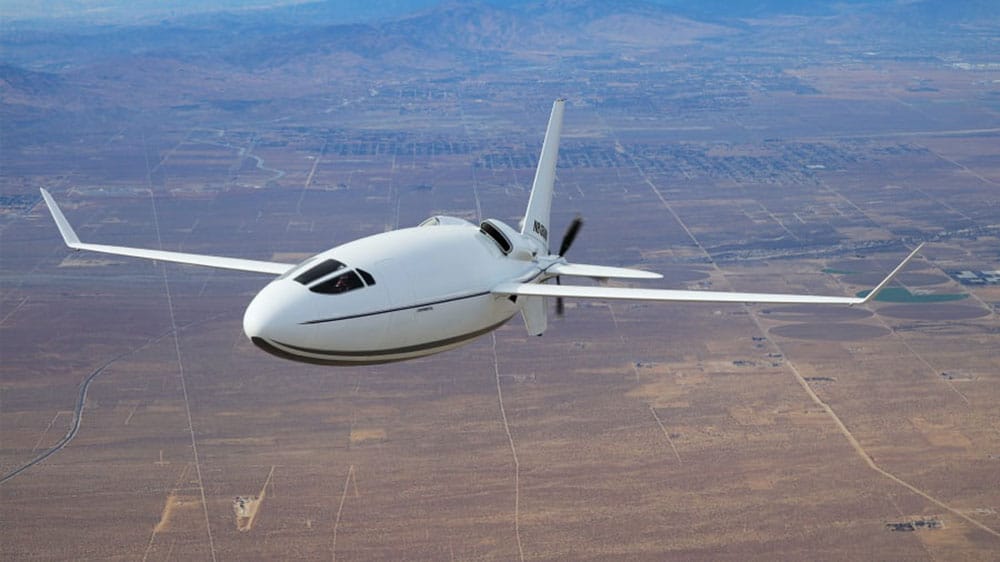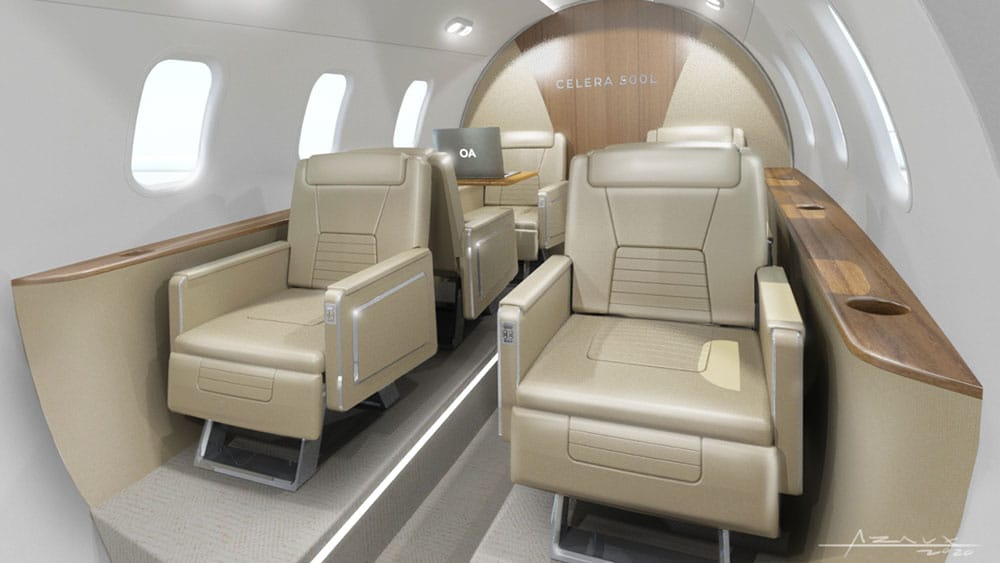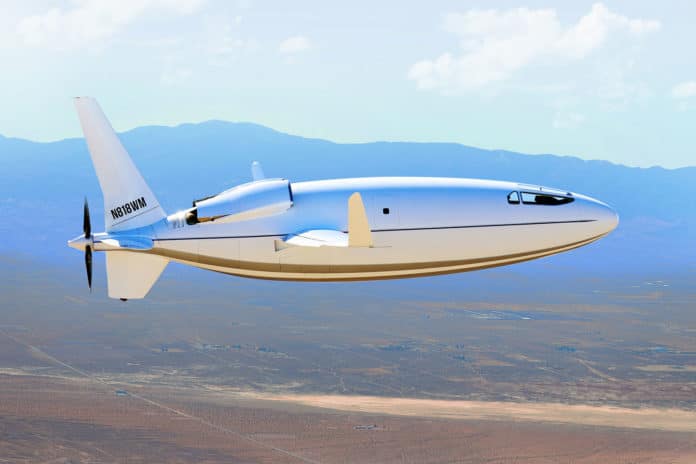Otto Aviation’s Celera 500L looks like no other plane out there, and for a good reason: unique aerodynamics, as this aircraft is designed to dramatically reduce drag by allowing air to flow very smoothly over its surface. This means the aircraft, which is currently a prototype, burns much less fuel, making it more sustainable and a more affordable alternative.
The giant egg-shaped aircraft was just put through its paces with its first flight tests. The company has officially concluded Phase One testing of the aircraft with 55 total successful test flights and roughly 51 hours of flight time.

The final Phase One test flight was flown using Sustainable Aviation Fuel, which further validates the Celera 500L’s potential to revolutionize sustainable air travel in an aircraft that already has 80% lower fuel consumption than comparable aircraft. Several flights reached airspeeds of over 250 mph (400 km/h) at an altitude of up to 15,000 feet which projects to an airspeed of 460 mph (740 km/h) at 50,000 feet.
The Celera 500L aircraft has a maximum range of up to 4,500 nautical miles (8,334 km) and can accommodate six adult passengers in its spacious cabin with a 6’2″ height and six first-class seats. Otto Aviation also claims that operating a Celera 500L will cost $328 per hour (a comparable jet aircraft costs $2,100 per hour) with a fuel economy of 18 to 25 miles per gallon.

During test flights, the team was able to visualize the laminar flow state with a precision infrared camera mounted on a chase aircraft, quantifying extensive laminar flow capability on external surfaces. The team also tested wing and fuselage surfaces for laminar flow robustness and gathered additional test data supporting the development work for the production vehicle.
“The data from our first phase of test flights show that we are on the path to achieving our goals for the aircraft,” said William Otto Jr., CEO of Otto Aviation. “We couldn’t be more excited in this step toward our mission of having a production aircraft in 2025, and we look forward to beginning the next phase of development where we will take the aircraft to higher altitudes and higher speeds.”
